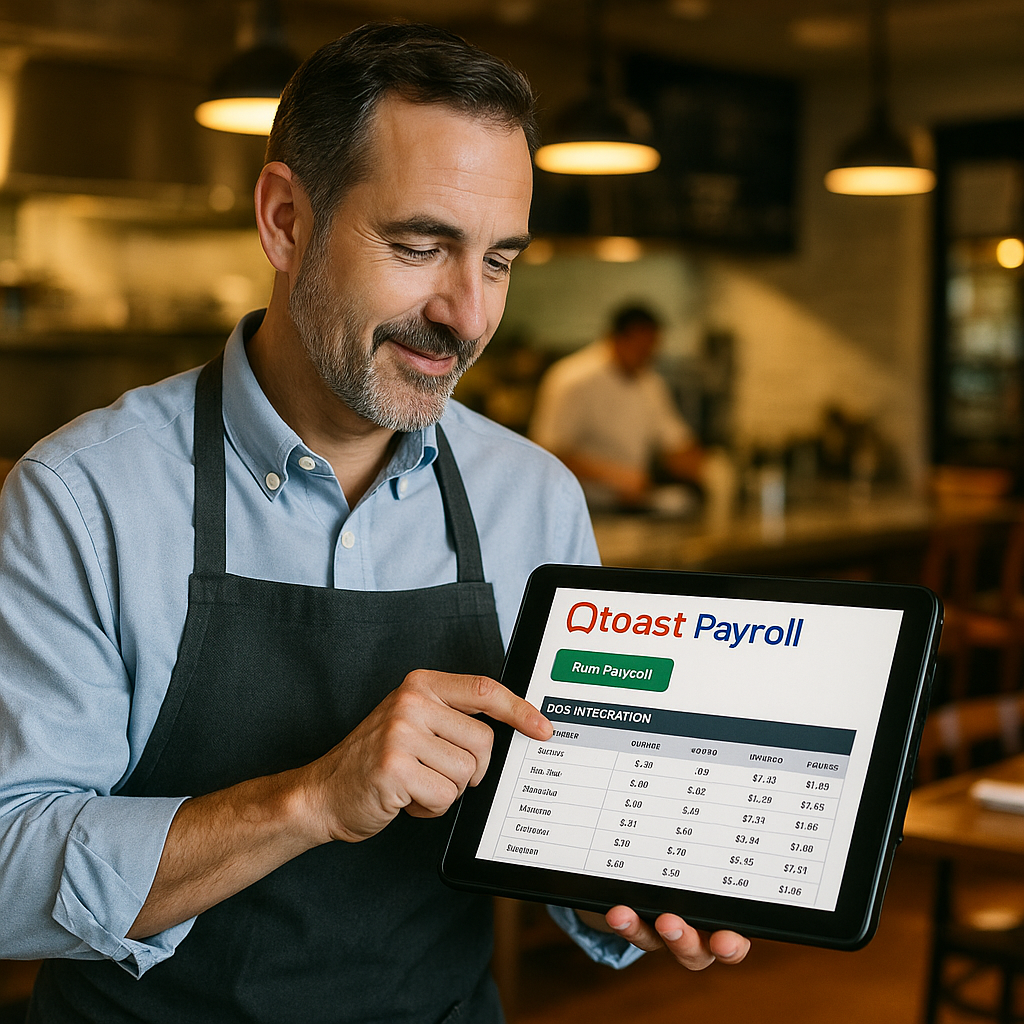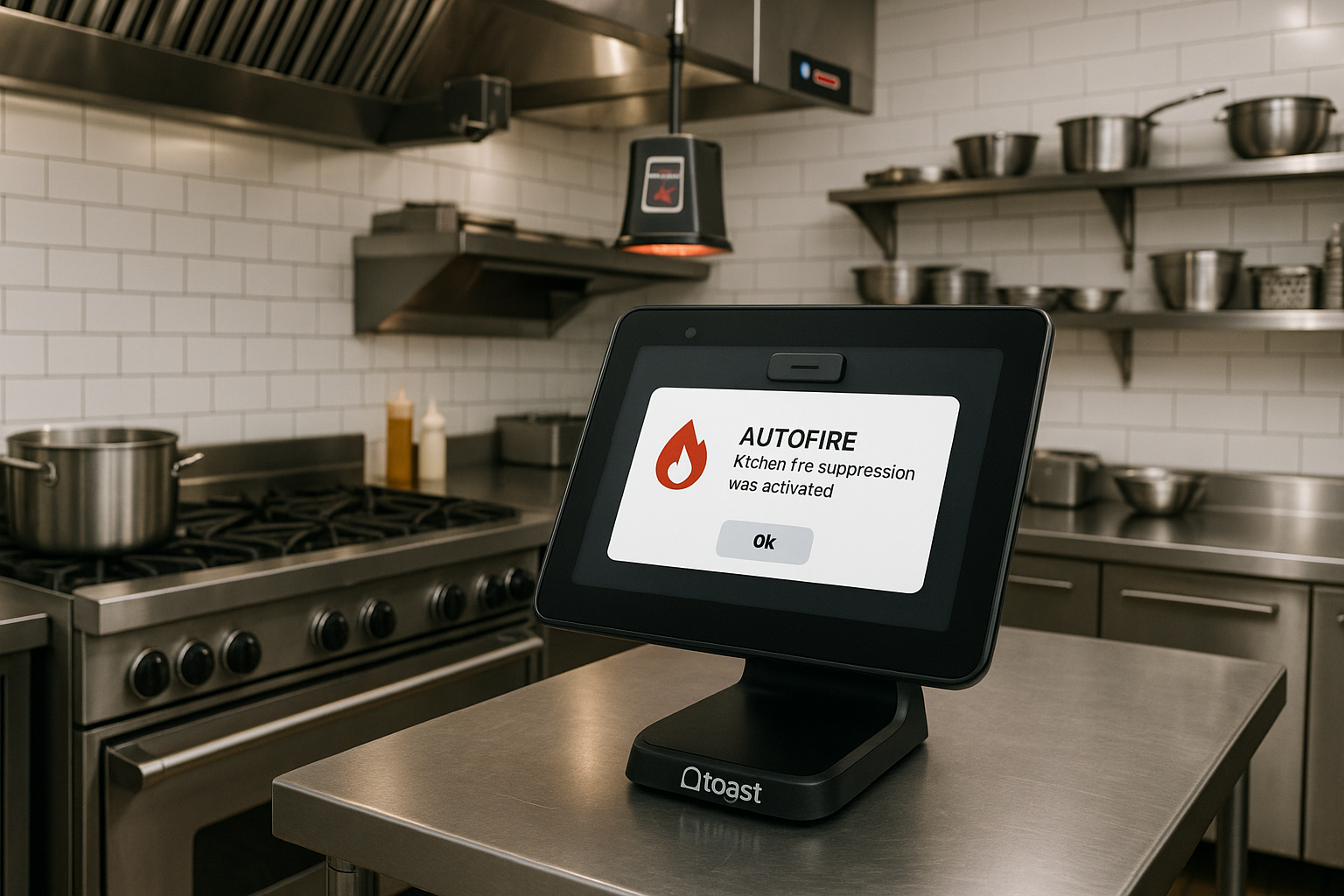An In-Depth Look at SpotOn POS Features
Introduction
SpotOn POS is a comprehensive point-of-sale solution designed specifically for the restaurant industry. This innovative system includes a variety of features such as online ordering, inventory management, and customer relationship management. SpotOn POS seamlessly integrates with various payment methods, ensuring a smooth transaction process for both staff and customers.
One of the standout features of SpotOn POS is its reporting capabilities. Restaurant owners can access real-time data analytics to monitor sales trends, employee performance, and inventory levels. This data-driven insight enables informed decision-making, allowing businesses to optimize operations and enhance profitability. Furthermore, the user interface is designed to be intuitive, making it easy for staff to navigate and process orders quickly.
Another key feature is the customizable menu options, which enable restaurants to update offerings on the fly. Whether it’s adding new items or adjusting prices, SpotOn POS provides flexibility that caters to the dynamic nature of the food industry. This adaptability makes it a suitable choice for establishments of various sizes, from food trucks to full-service restaurants.
Weighing the Pros and Cons of SpotOn POS
While SpotOn POS comes with numerous advantages, it’s essential to consider both its strengths and weaknesses. One significant pro is its comprehensive functionality, which combines multiple aspects of restaurant management into a single platform. This can lead to increased efficiency and streamlined operations, allowing restaurant owners to focus more on customer service.
On the downside, some users have reported challenges with customer support. Although SpotOn POS offers extensive resources online, the response times for live support can be slower than desired. This might pose a problem for restaurants that rely on immediate assistance during busy hours. Additionally, the system may require an initial learning curve for new users, which could temporarily hinder productivity during the adaptation phase.
Ultimately, evaluating the pros and cons of SpotOn POS will depend on individual business needs. For restaurants looking for a feature-rich solution, the benefits may outweigh the drawbacks, but it is crucial to assess how well the system aligns with specific operational requirements.
Customer Ratings: What Users Are Saying
Customer ratings play a vital role in determining the effectiveness of any POS system, and SpotOn POS is no exception. Overall, users tend to rate the system positively, often praising its robust features and ease of use. Many restaurant owners appreciate the real-time analytics, which help them make informed decisions that enhance business performance.
However, reviews also indicate that there are mixed experiences with the onboarding process. While some users find the setup straightforward, others have encountered difficulties that may result in frustration. The feedback emphasizes the importance of thorough training for staff to maximize the system’s functionality and minimize operational hiccups.
Moreover, many reviewers highlight the importance of continuous software updates and enhancements. Users appreciate when their feedback is acknowledged and implemented, as it demonstrates the company’s commitment to improving user experience. This responsive approach is crucial for maintaining customer satisfaction and loyalty in a competitive market.
Pricing Structure: Is SpotOn POS Worth It?
When it comes to pricing, SpotOn POS offers a transparent structure that can be attractive for restaurant owners. The pricing model typically includes a monthly subscription fee along with transaction fees, which can vary based on the volume of sales. This flexibility allows businesses to select a plan that aligns with their budget and operational scale.
While some may find the initial investment steep compared to competitors, many users argue that the extensive features provided justify the cost. By streamlining operations and potentially increasing sales through improved customer service, the return on investment often becomes clearer over time.
It’s important for prospective users to conduct a comprehensive cost-benefit analysis when considering SpotOn POS. By weighing the potential increases in efficiency and sales against the pricing structure, restaurant owners can make an informed decision that best suits their business model.
Conclusion
In summary, SpotOn POS presents a powerful solution for restaurants looking to enhance their operational efficiency and customer service. With its robust feature set, comprehensive reporting capabilities, and flexible pricing structure, it caters well to the varied needs of the restaurant industry. However, potential users should carefully weigh the pros and cons, considering customer feedback and their individual operational requirements before making a decision.


